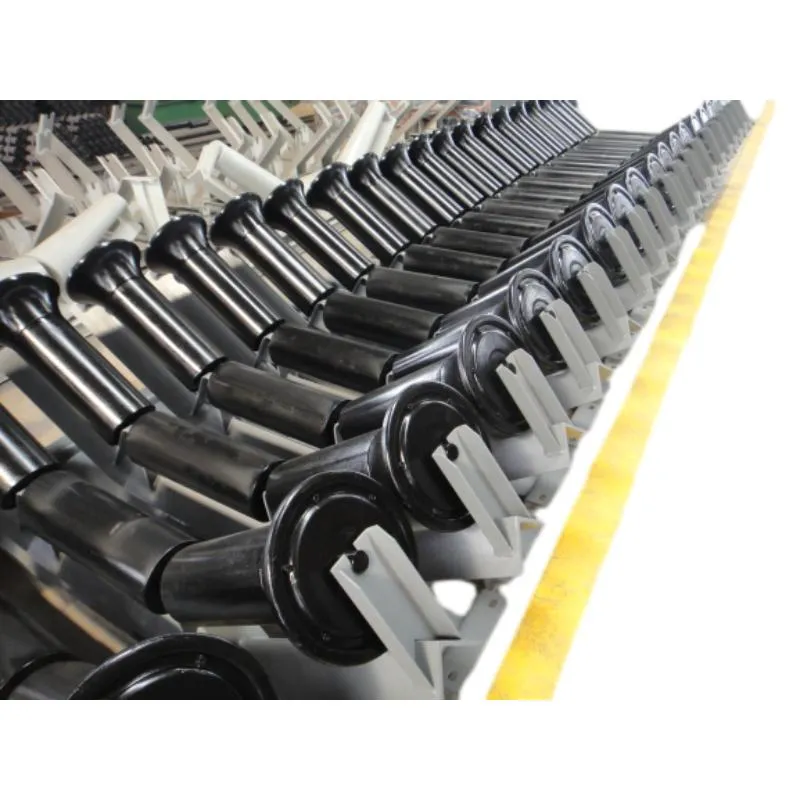 Afrikaans
Afrikaans  Albanian
Albanian  Amharic
Amharic  Arabic
Arabic  Armenian
Armenian  Azerbaijani
Azerbaijani  Basque
Basque  Belarusian
Belarusian  Bengali
Bengali  Bosnian
Bosnian  Bulgarian
Bulgarian  Catalan
Catalan  Cebuano
Cebuano  Corsican
Corsican  Croatian
Croatian  Czech
Czech  Danish
Danish  Dutch
Dutch  English
English  Esperanto
Esperanto  Estonian
Estonian  Finnish
Finnish  French
French  Frisian
Frisian  Galician
Galician  Georgian
Georgian  German
German  Greek
Greek  Gujarati
Gujarati  Haitian Creole
Haitian Creole  hausa
hausa  hawaiian
hawaiian  Hebrew
Hebrew  Hindi
Hindi  Miao
Miao  Hungarian
Hungarian  Icelandic
Icelandic  igbo
igbo  Indonesian
Indonesian  irish
irish  Italian
Italian  Japanese
Japanese  Javanese
Javanese  Kannada
Kannada  kazakh
kazakh  Khmer
Khmer  Rwandese
Rwandese  Korean
Korean  Kurdish
Kurdish  Kyrgyz
Kyrgyz  Lao
Lao  Latin
Latin  Latvian
Latvian  Lithuanian
Lithuanian  Luxembourgish
Luxembourgish  Macedonian
Macedonian  Malgashi
Malgashi  Malay
Malay  Malayalam
Malayalam  Maltese
Maltese  Maori
Maori  Marathi
Marathi  Mongolian
Mongolian  Myanmar
Myanmar  Nepali
Nepali  Norwegian
Norwegian  Norwegian
Norwegian  Occitan
Occitan  Pashto
Pashto  Persian
Persian  Polish
Polish  Portuguese
Portuguese  Punjabi
Punjabi  Romanian
Romanian  Russian
Russian  Samoan
Samoan  Scottish Gaelic
Scottish Gaelic  Serbian
Serbian  Sesotho
Sesotho  Shona
Shona  Sindhi
Sindhi  Sinhala
Sinhala  Slovak
Slovak  Slovenian
Slovenian  Somali
Somali  Spanish
Spanish  Sundanese
Sundanese  Swahili
Swahili  Swedish
Swedish  Tagalog
Tagalog  Tajik
Tajik  Tamil
Tamil  Tatar
Tatar  Telugu
Telugu  Thai
Thai  Turkish
Turkish  Turkmen
Turkmen  Ukrainian
Ukrainian  Urdu
Urdu  Uighur
Uighur  Uzbek
Uzbek  Vietnamese
Vietnamese  Welsh
Welsh  Bantu
Bantu  Yiddish
Yiddish  Yoruba
Yoruba  Zulu
Zulu Understanding the Role and Importance of Conveyor Idlers in Material Handling Systems
Understanding Conveyor Idlers Essential Components of Material Handling Systems
Conveyor systems play a crucial role in material handling across various industries, from mining and manufacturing to logistics and distribution. At the heart of these systems lie conveyor idlers, which are essential components for efficient operation. This article delves into the function, types, and significance of conveyor idlers.
What Are Conveyor Idlers?
Conveyor idlers are cylindrical rollers that support the conveyor belt in a material handling system. They are strategically positioned along the conveyor line to ensure the belt remains in proper alignment, reducing wear and extending the life of the conveyor system. Idlers also enable smooth movement of materials by minimizing friction, which is vital for efficient operation.
Functions of Conveyor Idlers
The primary function of a conveyor idler is to support the belt and the load it carries. However, their roles extend beyond mere support. Idlers provide the following vital functions
1. Load Distribution Idlers distribute the weight of the materials being transported across the conveyor belt. This load distribution helps to prevent sagging and ensures that the belt maintains its shape and integrity.
2. Belt Alignment Proper alignment of the conveyor belt is crucial for its effective operation. Idlers help in maintaining belt alignment, which reduces the risk of belt mis-tracking. Misalignment can lead to increased wear and tear of both the idlers and the belt, thereby reducing the system's efficiency.
3. Friction Reduction Idlers reduce friction between the conveyor belt and the supporting structure. This friction reduction is essential for improving the overall energy efficiency of the conveyor system, as it requires less power to operate.
4. Support for Different Load Types Different materials may require different handling strategies. Idlers can be designed to accommodate various load types, including bulk materials, packaged goods, and liquids.
Types of Conveyor Idlers
Conveyor idlers come in various designs and configurations, each tailored to meet specific operational requirements
. The common types of conveyor idlers includeconveyor idlers

1. Carry Idlers Carry idlers are placed on the carrying side of the conveyor belt, supporting the weight of the materials being transported. They are crucial for maintaining belt contact and ensuring smooth movement.
2. Return Idlers Return idlers are located on the return side of the conveyor system. Their primary function is to support the belt as it returns to the loading point. Return idlers also help maintain belt tension, which is vital for preventing slippage.
3. Impact Idlers Designed to absorb shocks at transfer points where materials are loaded onto the conveyor, impact idlers protect the belt from damage. They are typically made with robust materials to withstand heavy impacts.
4. Training Idlers These idlers assist in guiding the belt and maintaining its alignment. They are often used in applications where misalignment is a frequent issue.
5. Self-Cleaning Idlers These are designed to prevent material buildup on the idlers themselves, ensuring that the conveyor system operates efficiently without unnecessary downtime for cleaning.
Importance of Conveyor Idlers
The importance of conveyor idlers cannot be overstated. They not only contribute to the functional integrity of the conveyor system but also have a significant impact on operational efficiency and maintenance costs. Proper selection, installation, and maintenance of idlers can result in
- Reduced Downtime By ensuring smooth operation and preventing issues like misalignment or excessive wear, idlers greatly reduce the likelihood of unplanned maintenance.
- Increased Efficiency Efficiently functioning idlers lead to reduced energy consumption, translating into lower operational costs.
- Extended Equipment Life Properly aligned and maintained idlers enhance the lifespan of the conveyor belt and associated equipment, yielding long-term savings.
Conclusion
Conveyor idlers are a fundamental component of any efficient material handling system. Understanding their functions, types, and importance can help operations managers make informed decisions regarding their selection and maintenance. In an increasingly competitive industrial landscape, investing in quality conveyor idlers and ensuring their optimal performance can lead to significant operational advantages.
-
Revolutionizing Conveyor Reliability with Advanced Rubber Lagging PulleysNewsJul.22,2025
-
Powering Precision and Durability with Expert Manufacturers of Conveyor ComponentsNewsJul.22,2025
-
Optimizing Conveyor Systems with Advanced Conveyor AccessoriesNewsJul.22,2025
-
Maximize Conveyor Efficiency with Quality Conveyor Idler PulleysNewsJul.22,2025
-
Future-Proof Your Conveyor System with High-Performance Polyurethane RollerNewsJul.22,2025
-
Driving Efficiency Forward with Quality Idlers and RollersNewsJul.22,2025





























